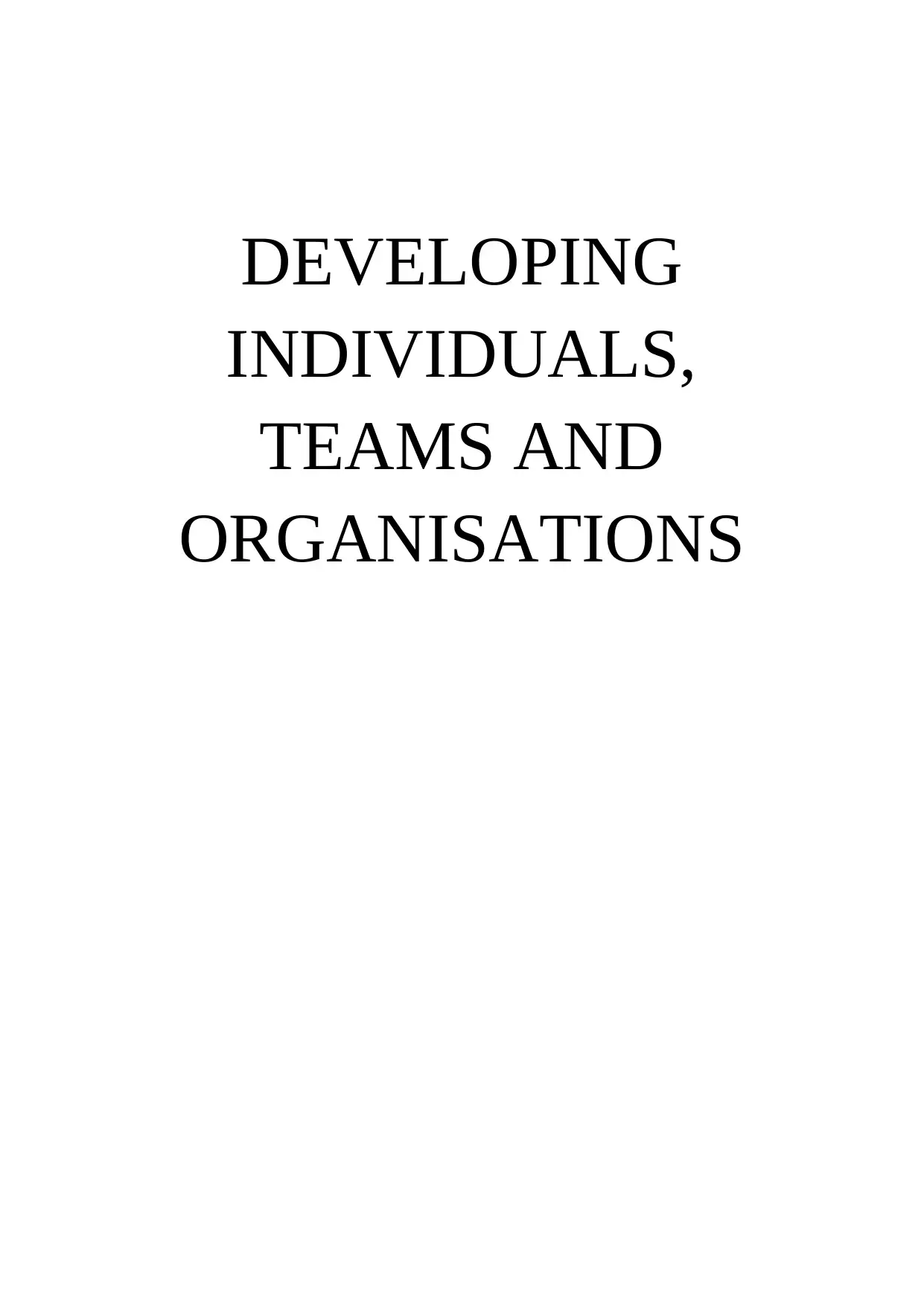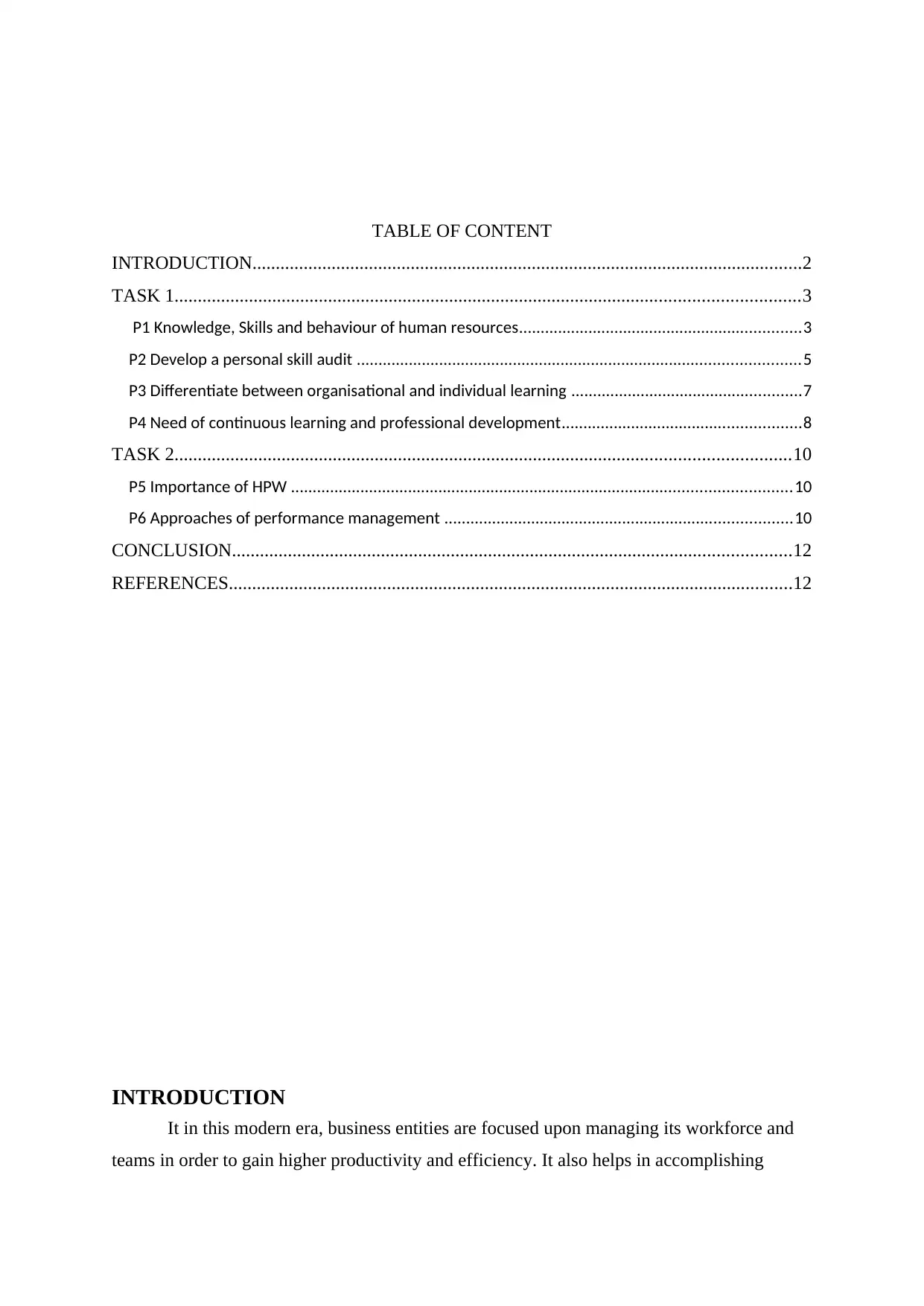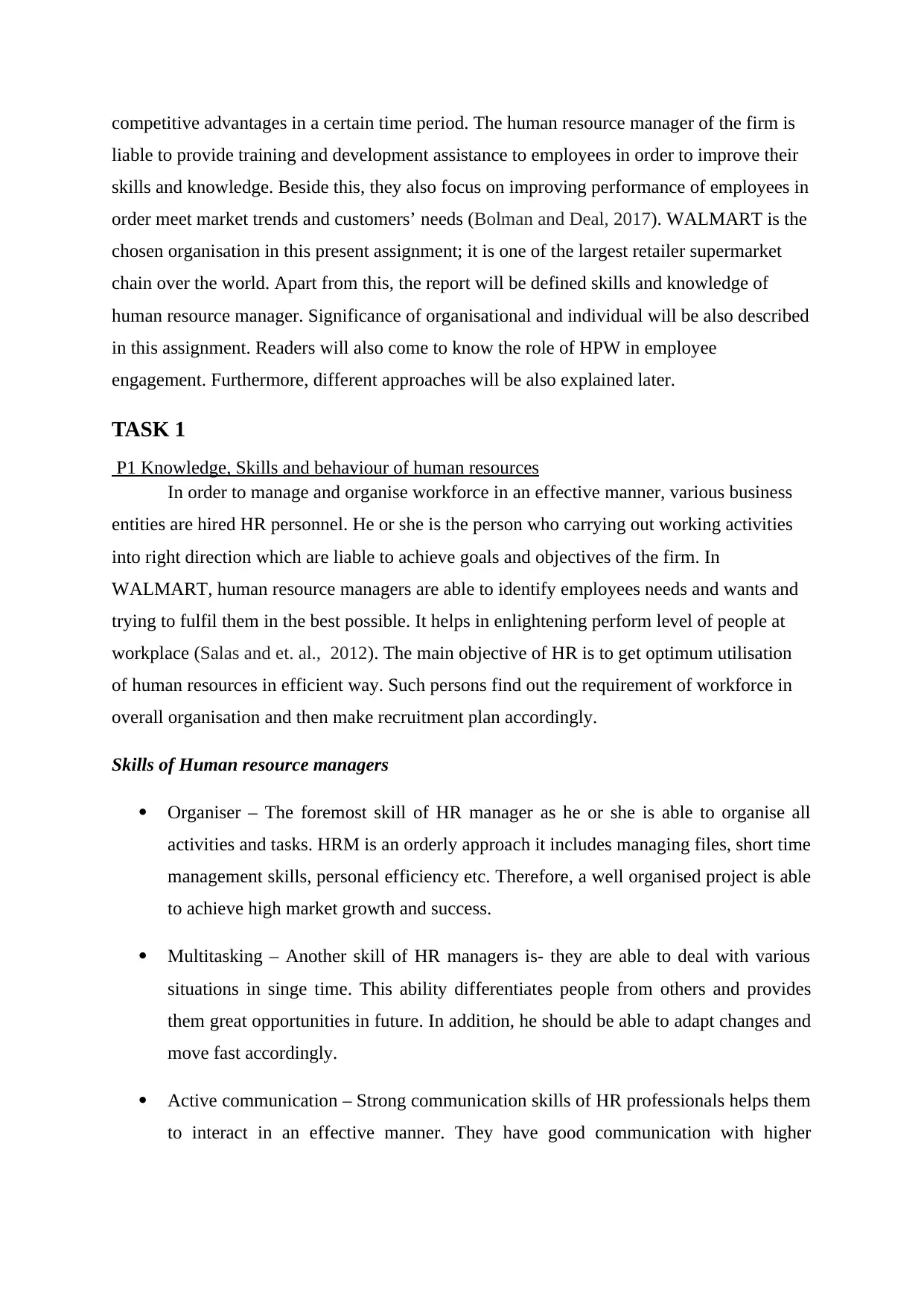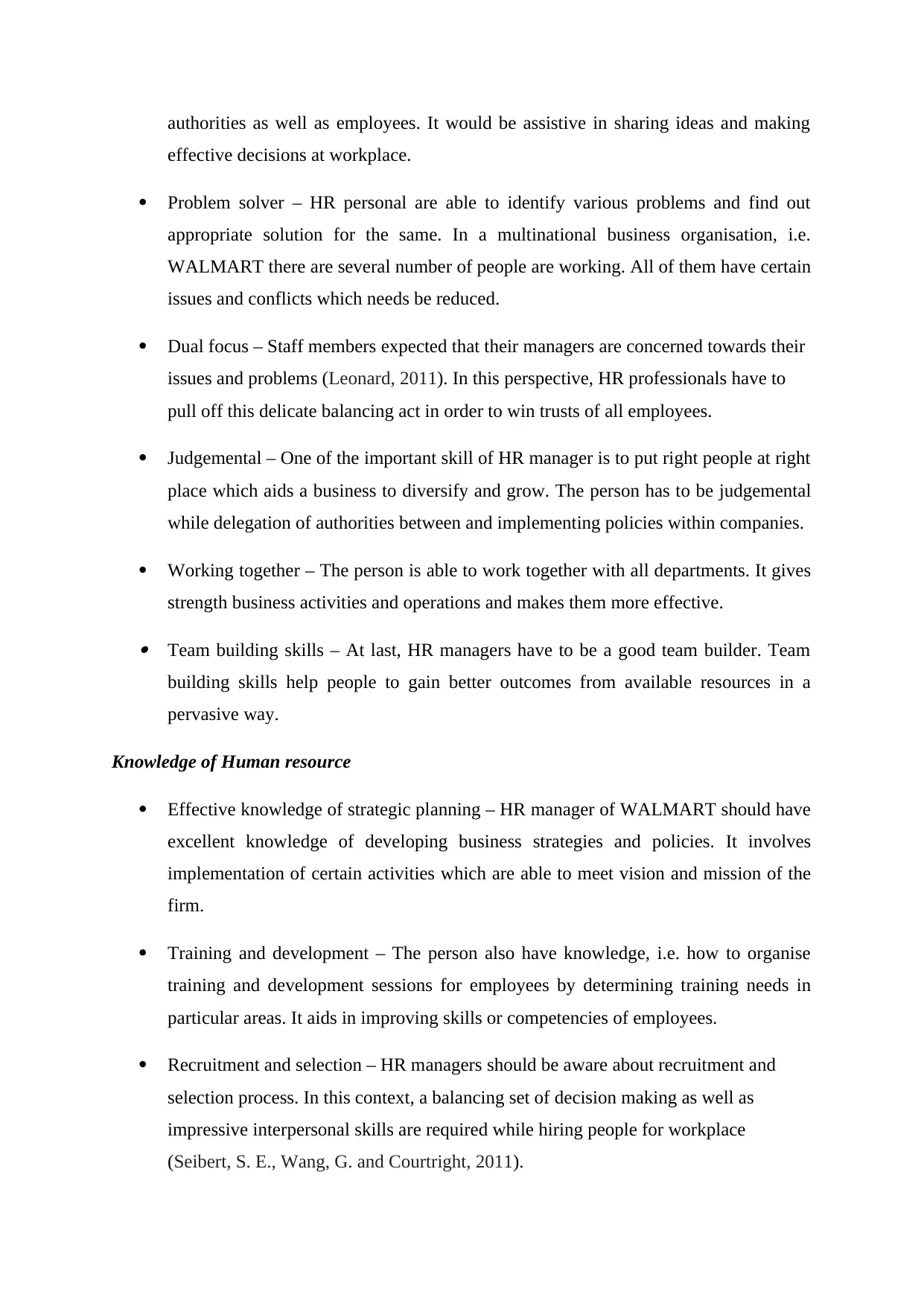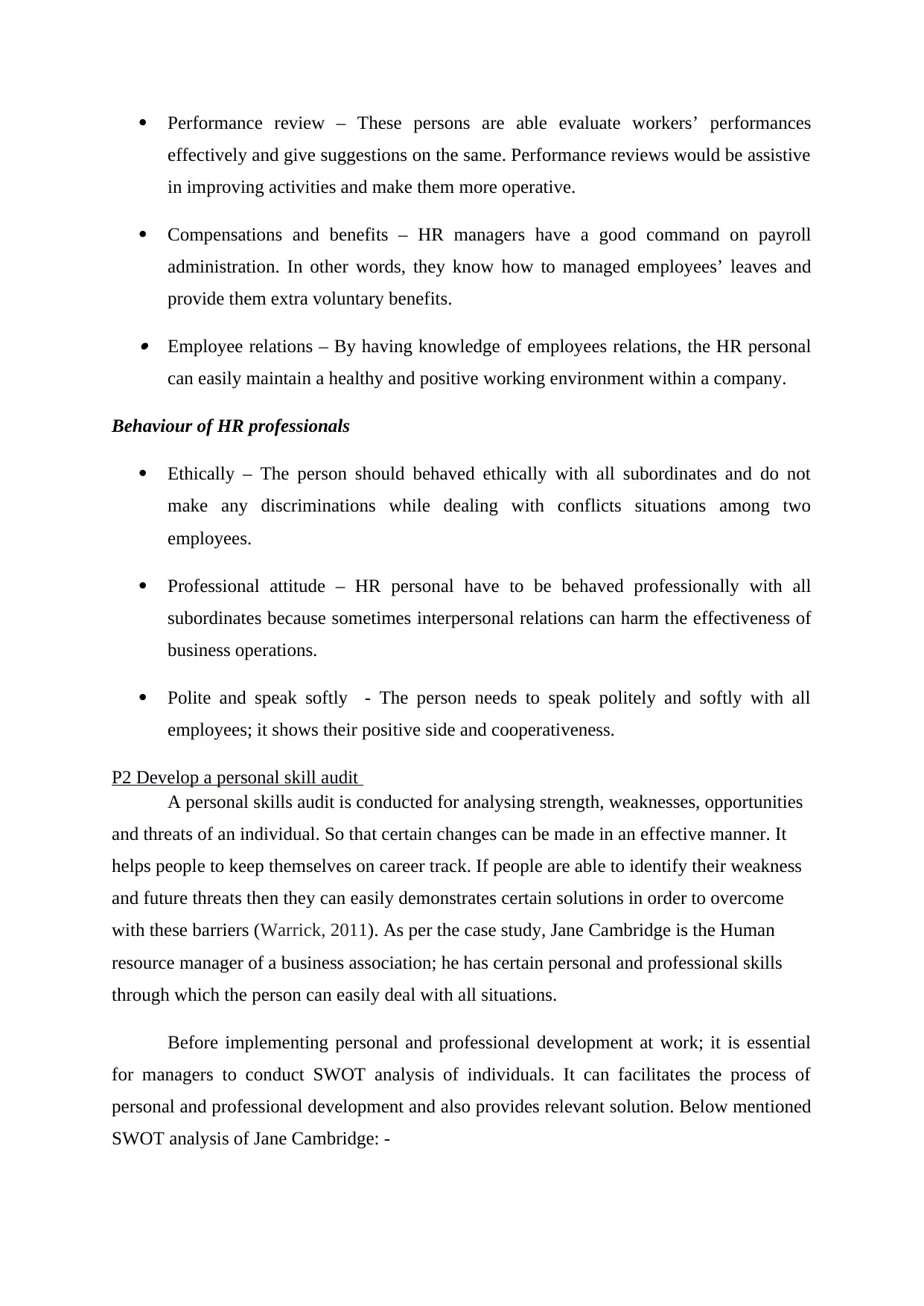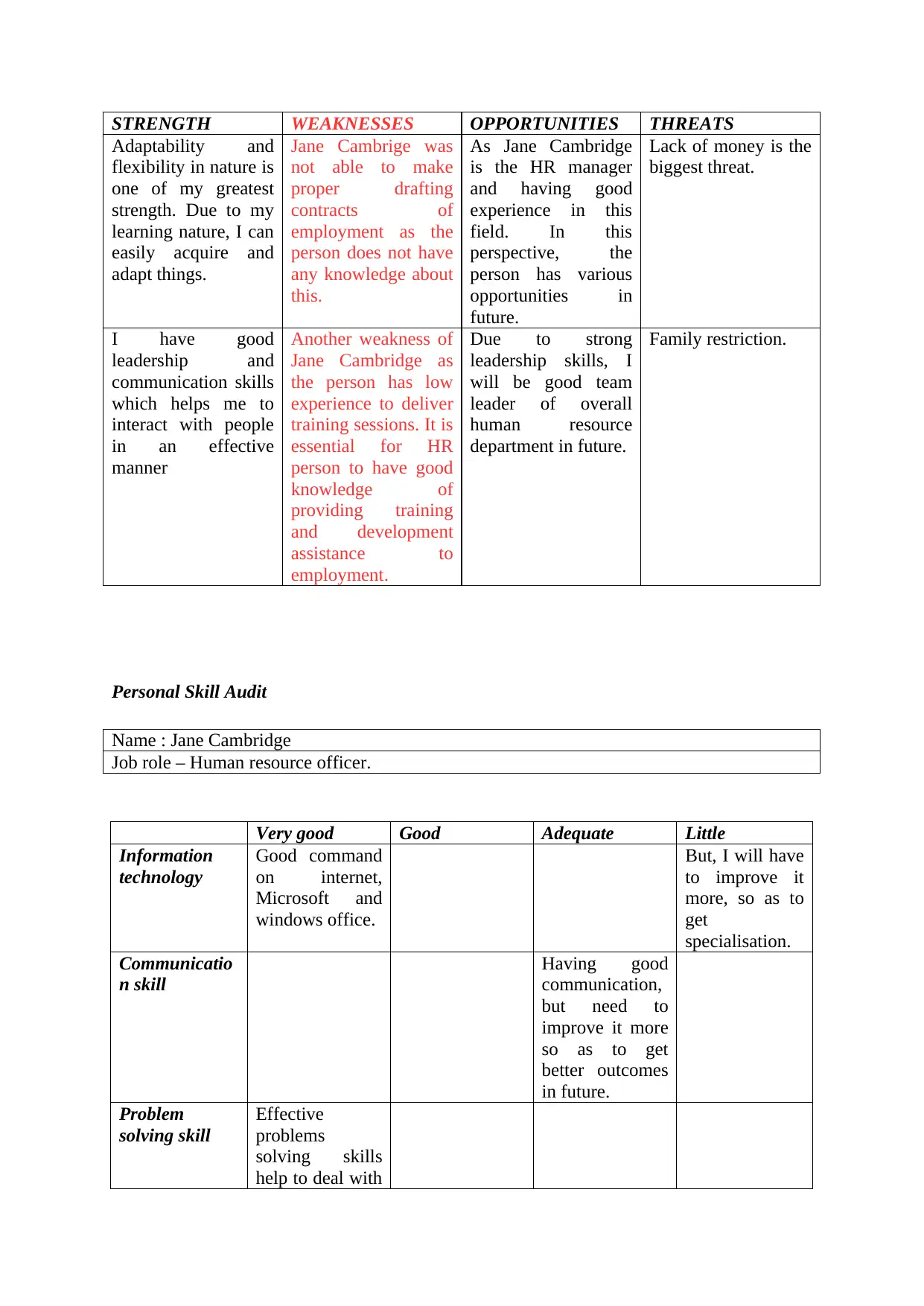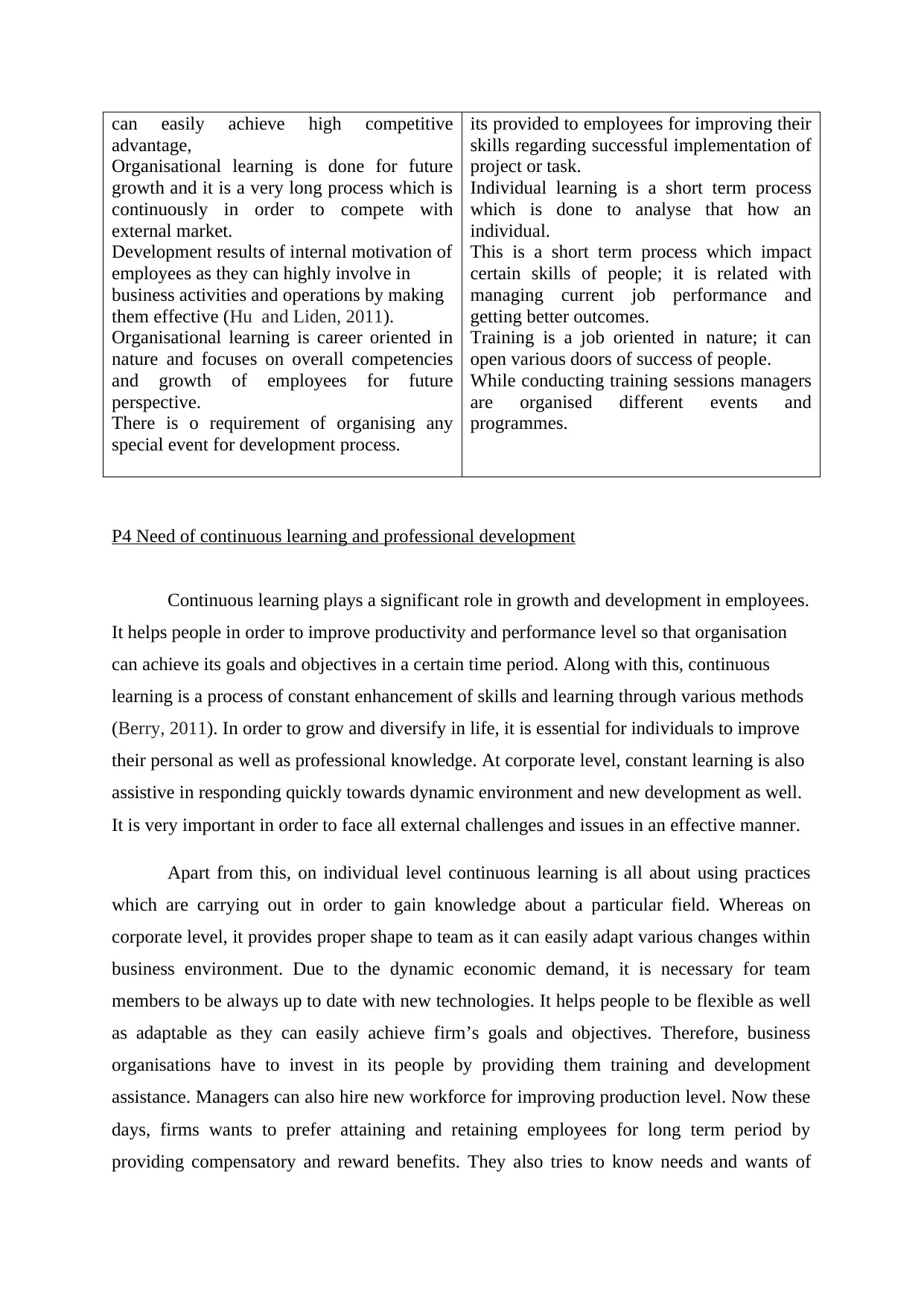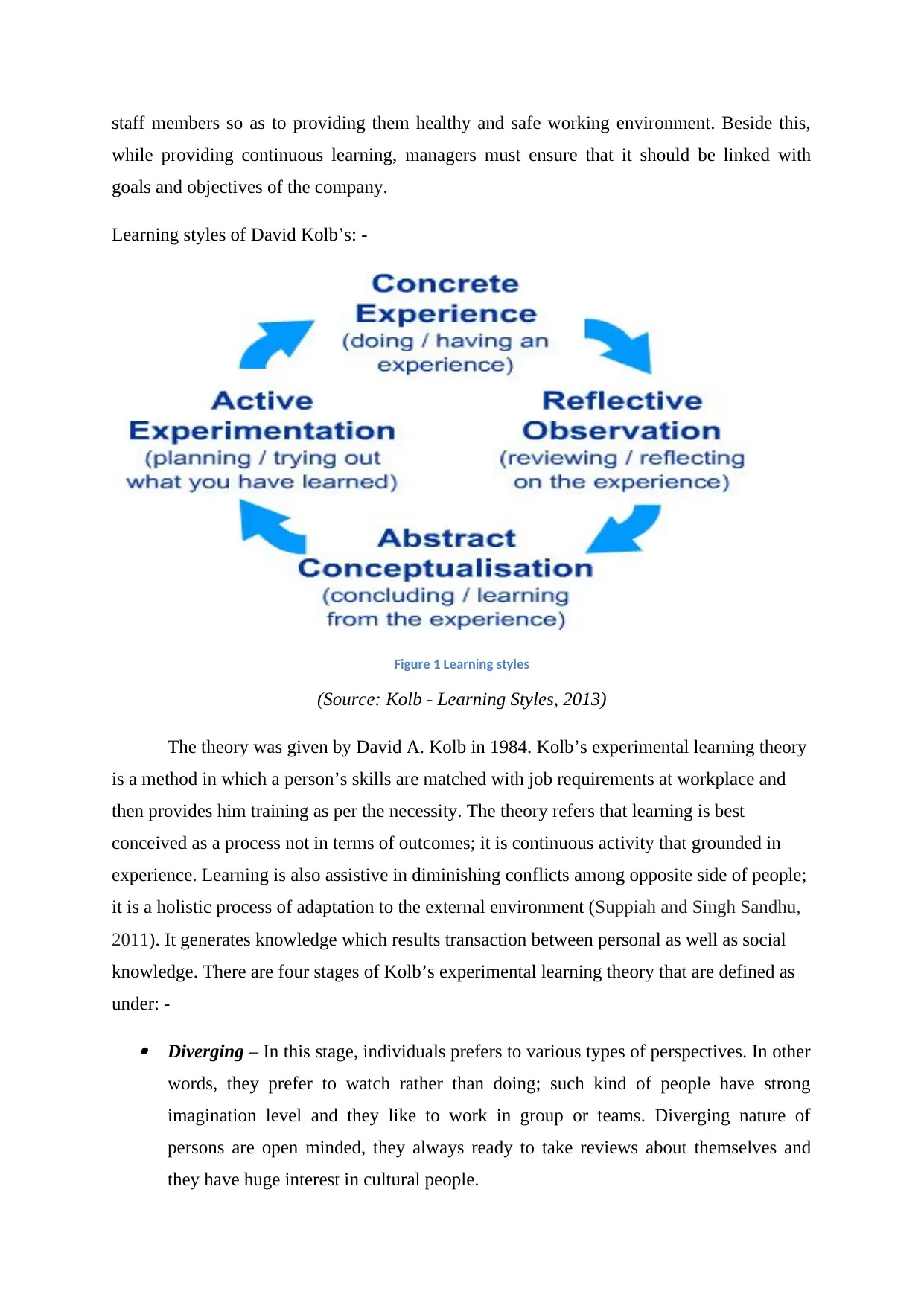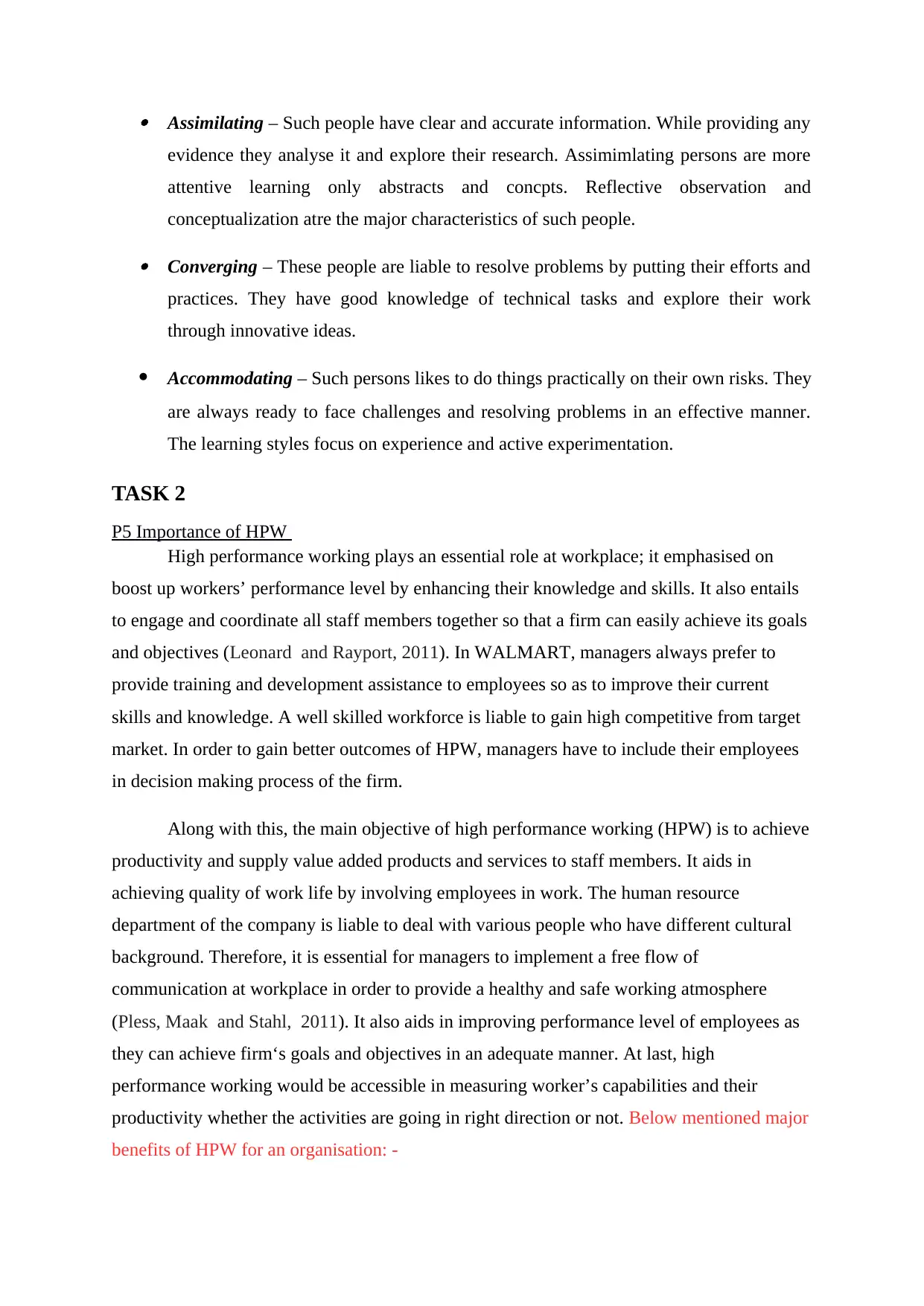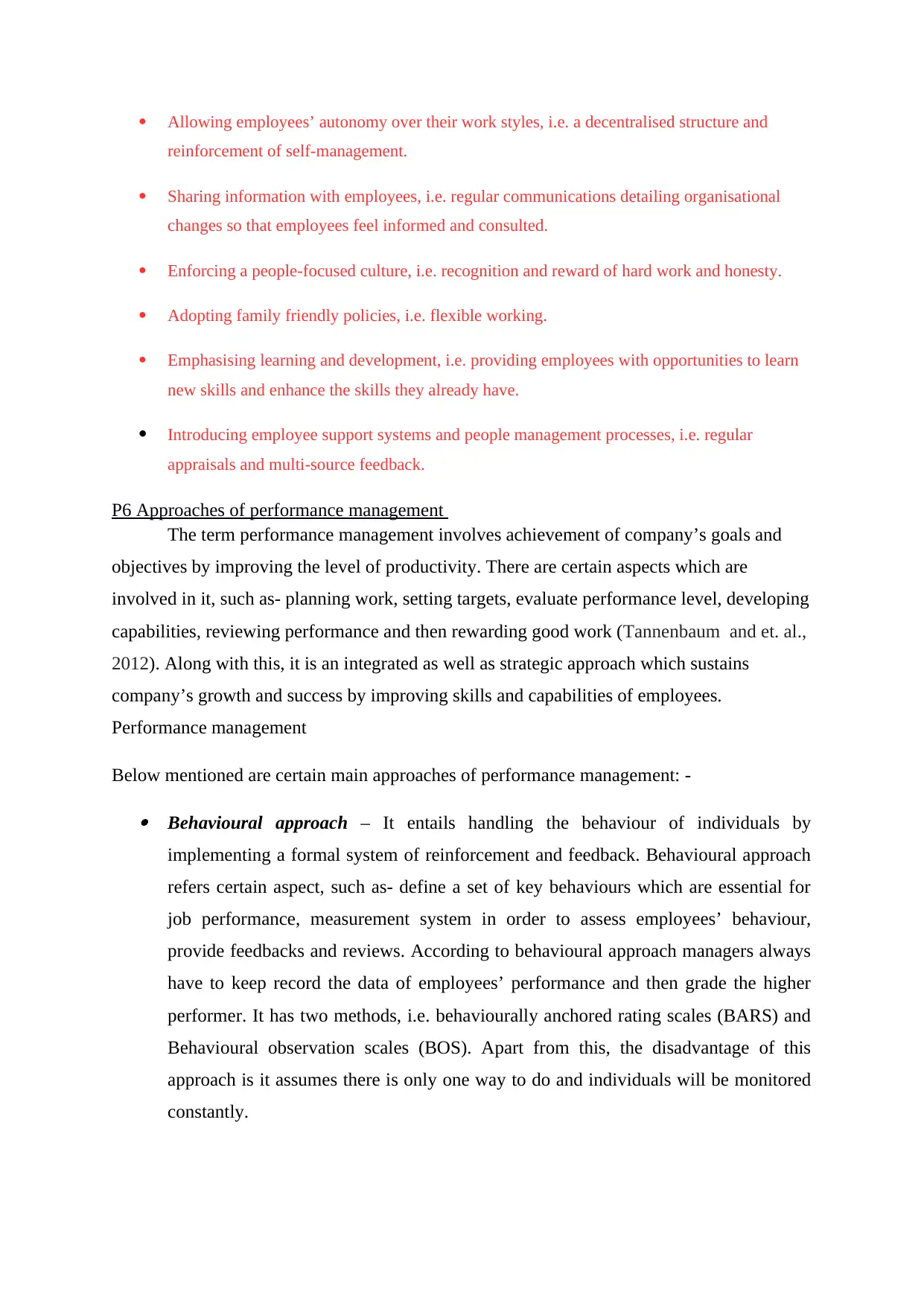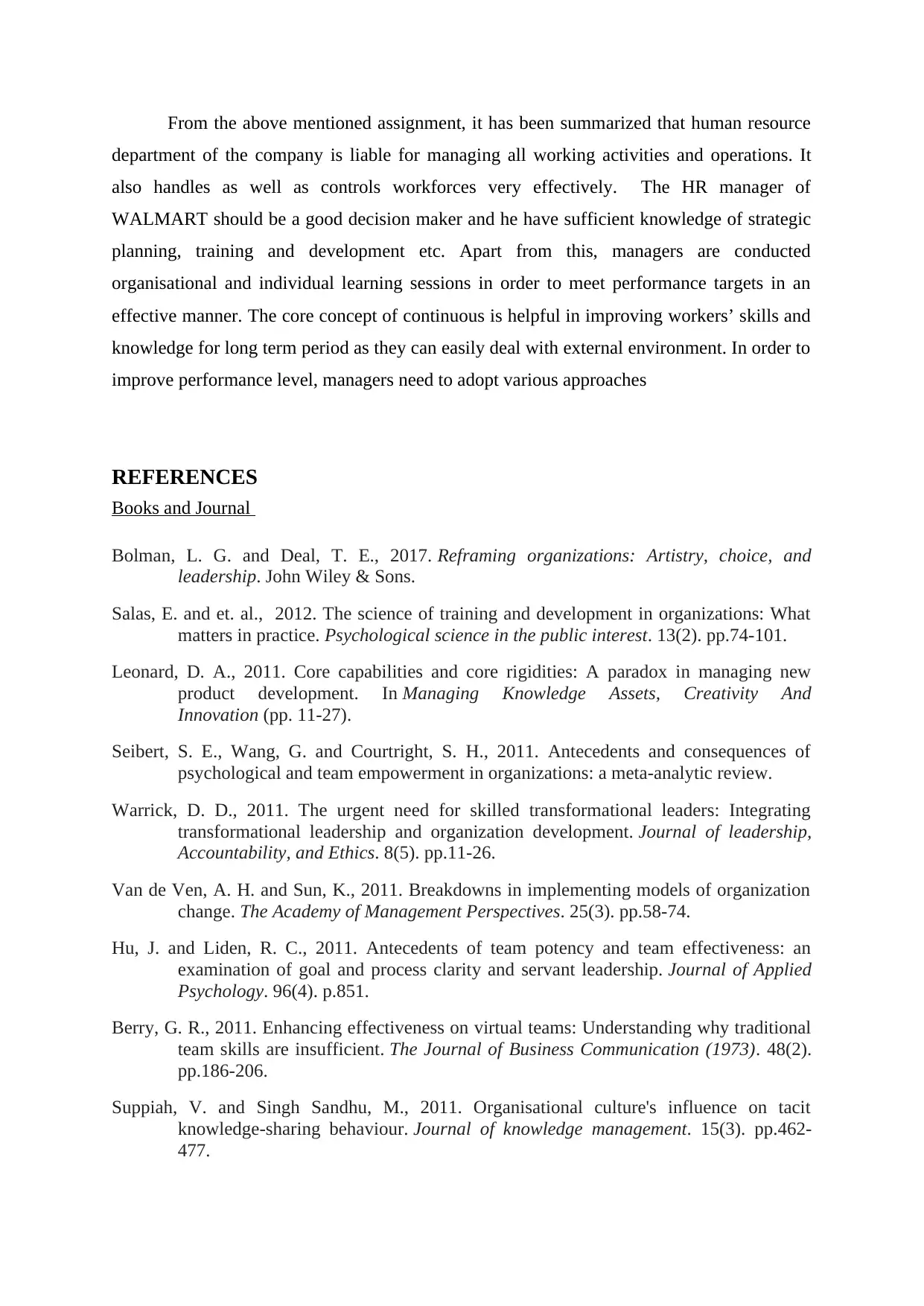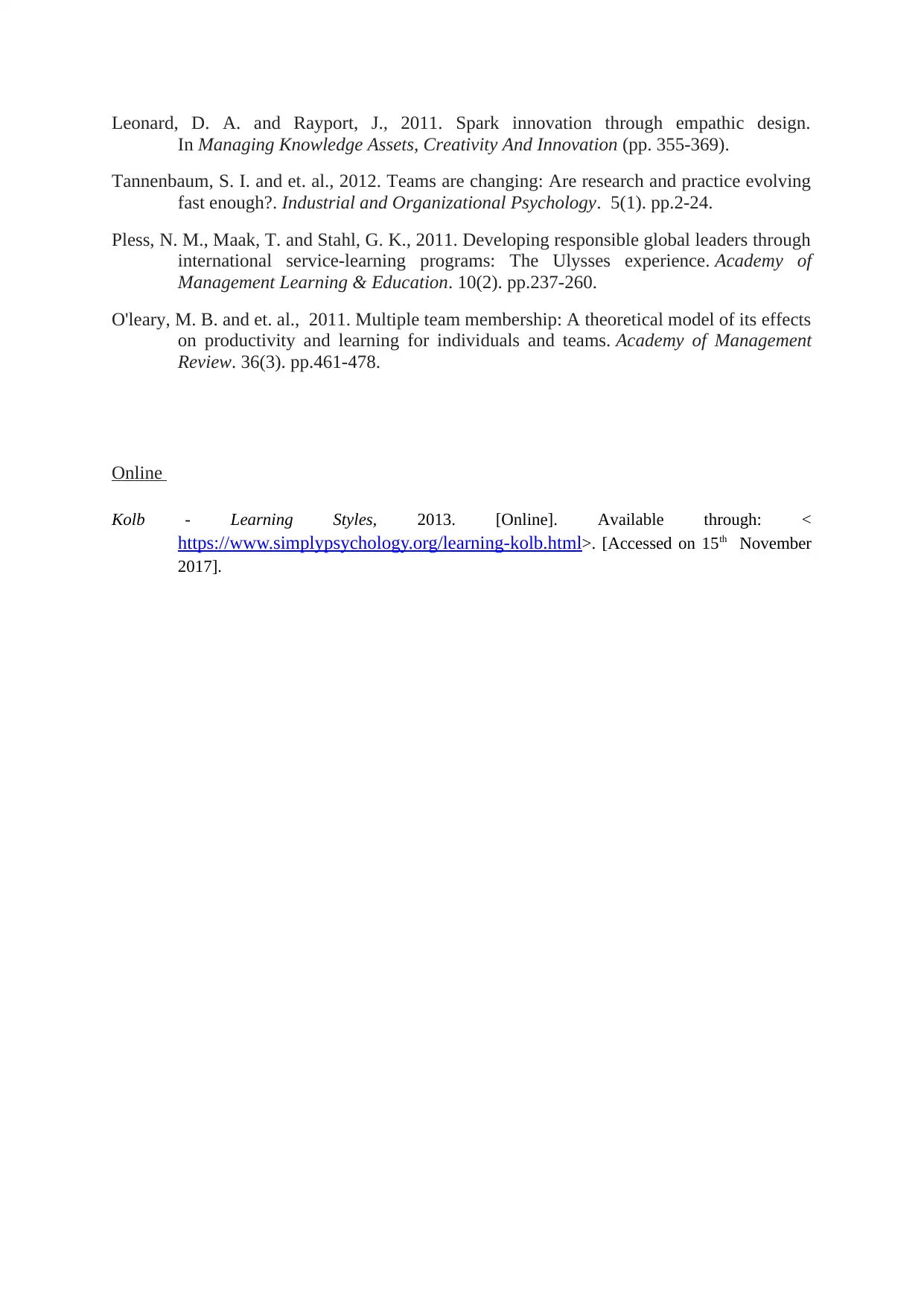The provided assignment details a range of topics related to effective leadership and team management. It emphasizes the importance of adopting various approaches to improve performance levels in dealing with external environments. The document references several books and journals that explore key concepts such as psychological and team empowerment, core capabilities and rigidities, and the urgent need for skilled transformational leaders. It also touches on the significance of breaking down models of organization change and understanding why traditional team skills are insufficient in virtual teams. The assignment seems to be focused on providing a comprehensive overview of effective leadership and team management strategies that can be applied in various organizational settings.
![[object Object]](/_next/static/media/star-bottom.7253800d.svg)
![[object Object]](/_next/static/media/star-bottom.7253800d.svg)
